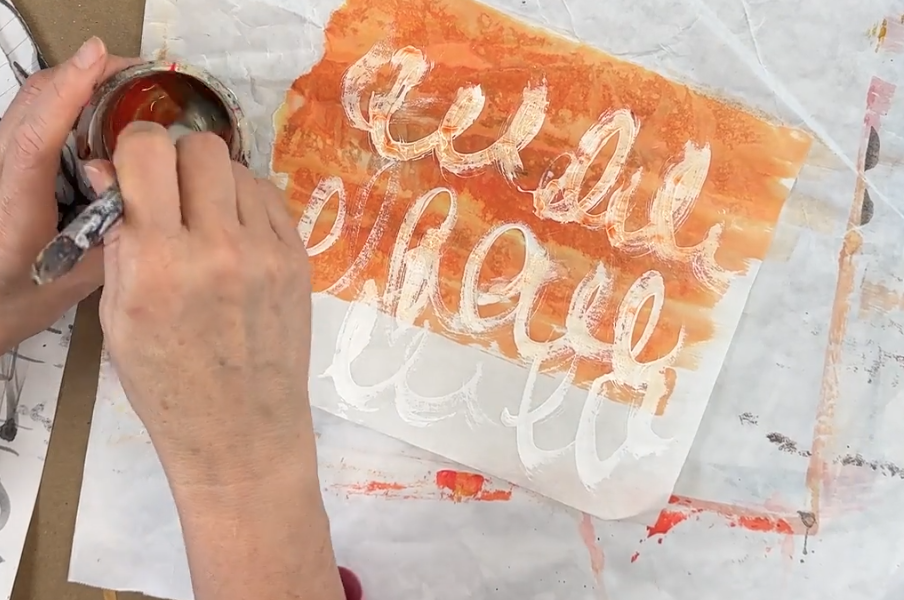Asemic Writing - The language beneath words
Early in my journey as an abstract painter, I became fascinated by handwriting as a form of mark making. In my art journaling and painting practice, the act of writing—without concern for words or legibility—felt raw and authentic. It offered a way to begin, to break the silence of a blank surface, or to weave a subtle, personal rhythm into a piece.
Wikipedia defines asemic writing as a “wordless open semantic form of writing.” The word asemic means “without specific semantic content” or “without the smallest unit of meaning.” In other words, it looks like writing but carries no literal message.
What it does carry, however, is potential—an openness that invites interpretation. In the absence of fixed meaning, the viewer becomes the translator, the co-creator. This is much like how we experience abstract art itself: reading into gesture, movement, and texture to find our own sense of story or emotion.
I often begin my paintings with asemic marks, letting the rhythm of my hand guide the surface. Most of the time, these marks become buried under layers of paint, but I like knowing they remain embedded within the work—hidden messages that form the painting’s emotional foundation. Occasionally, fragments peek through, adding a trace of the subconscious, a universal language beneath the visible one.
Adding asemic writing feels like infusing a quiet piece of myself into the work. It introduces vulnerability and intimacy, yet also creates a bridge—something beyond modern language that connects artist and viewer. For me, these marks are companions to my brushstrokes, whispering something both personal and shared.
Artists such as Cy Twombly and Wassily Kandinsky are often cited for their asemic approaches, using gesture and form to convey the feeling of written language without its constraints.
Contemporary asemic artist Satu Kaikkonen describes it beautifully:
“As a creator of asemics, I consider myself an explorer and a global storyteller. Asemic art represents a kind of language that’s universal and lodged deep within our unconscious minds... Regardless of language identity, our earliest attempts at writing look quite asemic. In this way, asemic art can serve as a common language—an abstract, post-literate one—that helps us understand one another beyond words.”
Source: wikipedia
Emily Dickinson 1859
What was Emily thinking when she “wrote” this? Was it the start of a poem? What was she feeling? You can sense a meaning that transcends the literal.
In my classes, I often introduce students to “free” or asemic writing as a warm-up exercise. It loosens the mind and hand, opening the door to creative flow. There’s freedom in writing without needing to say anything specific—just letting gesture lead thought instead of the other way around.
If you are interested in learning how to incorporate asemic writing into your art work, check out my Art Snak, Writing as Art Making
And check out these other online resources:





